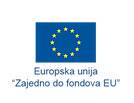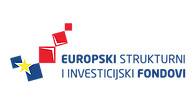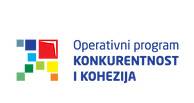The wolf (also known as grey wolf, lat. Canis lupus) is surrounded by different beliefs. Very often the wolf is a character in children’s stories and fairytales, and it is almost always depicted as a villain of the animal world. Owing to its long-lived conflict with man, this species has been systematically destroyed, with all available means: guns, poisonous baits and traps designed specifically for wolf hunt. Moreover, money awards used to be given to people for every wolf they killed.
The wolf
Fortunately, the wolf managed to survive in Gorski Kotar. Names of certain sites and villages that contain the word “wolf” convincingly demonstrate the historical presence of the species in this part of the country. In 1995, the wolf was listed as an endangered species in the Republic of Croatia and placed under strict protection. It is forbidden to hunt it, except in very rare cases and with the permission of the competent ministry.

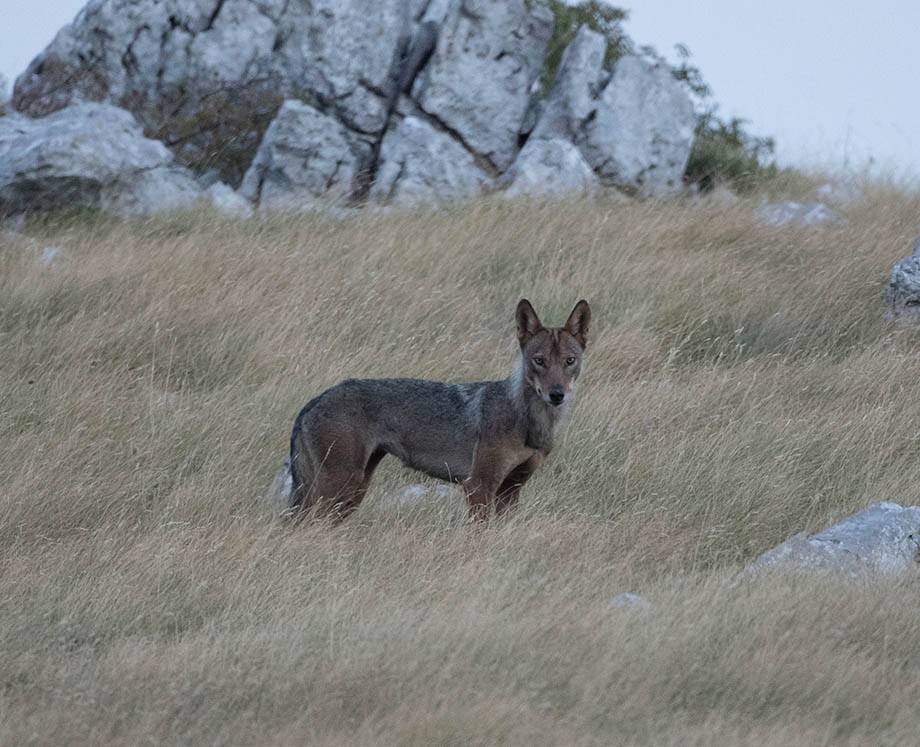
The wolf of Gorski Kotar is approximately the size of a larger dog (i.e. German shepherd) and reaches an average weight of 32 kilos.
Only the alphas, the breeding pair of the pack, can mate, which is their way of regulating the number of wolves in the unit.
Like other wild game, wolves regularly use forest roads to move along their territory. They are more likely to be captured on camera at night, but sometimes the camera “snaps a photo” in daytime too.


Foto: Fotozamka JU „Priroda“
Wolves often leave their scat at intersections of forest roads and paths, to make it visible to other wolves.

Foto: M. Modrić
Claw marks are always visible in wolf tracks.
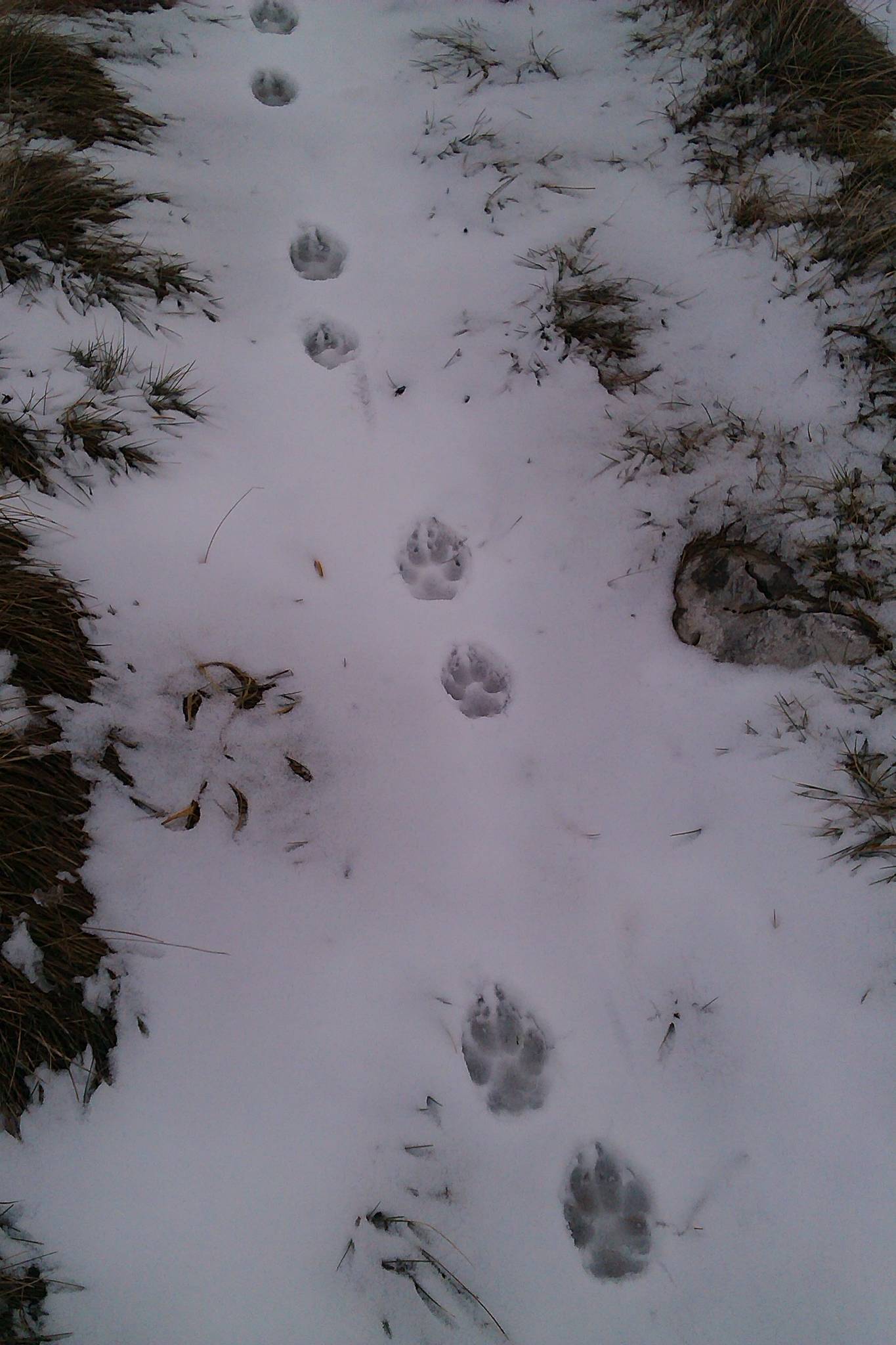
Foto: M. Modrić
Two wolves left their trail in the snow. Unlike dogs, who often zig-zag when sniffing around, wolves move in a linear manner, rarely wandering off their track.

Foto: M. Modrić
Wolves also mark their territory by the so-called ground-scratching, which often takes on an irregular “V” letter shape. The photograph shows an example of ground-scratching, spotted at an intersection of forest paths.
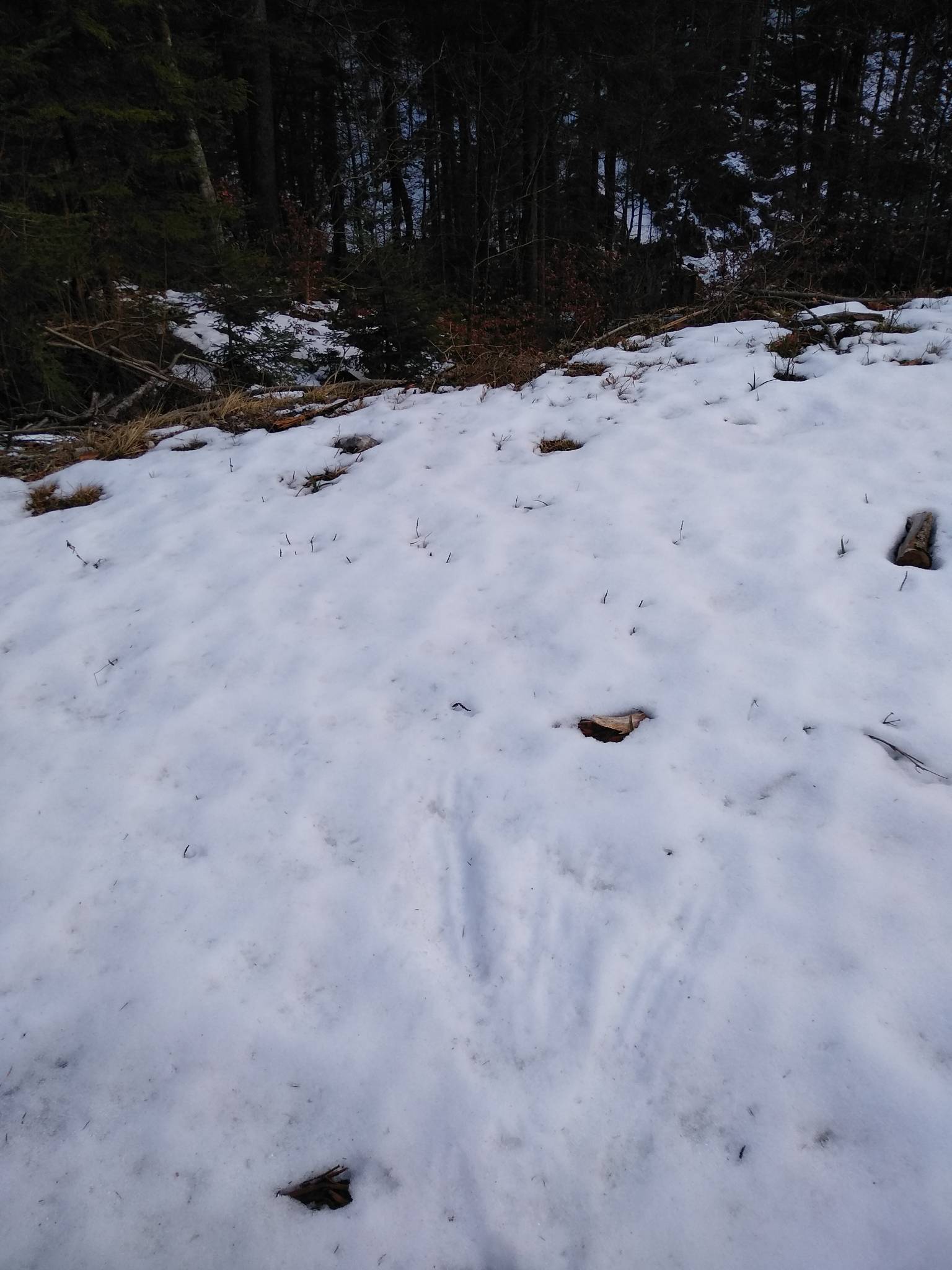
Foto: M. Modrić
Wolves of a pack can easily conquer a prey much larger than themselves, such as the stag in the picture. Deer and boars are often found on the wolf’s menu.
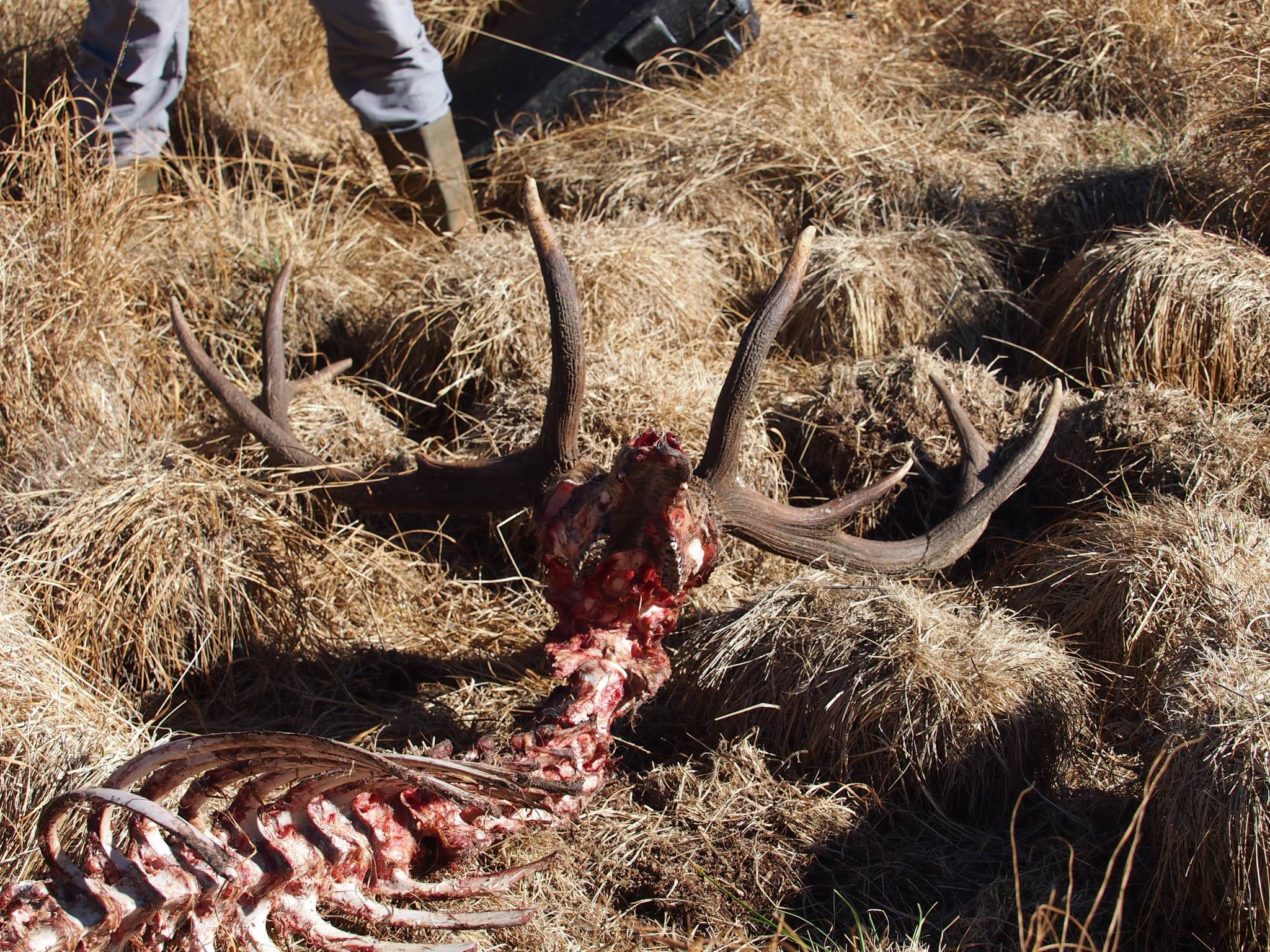
Foto: N. Trinajstić
